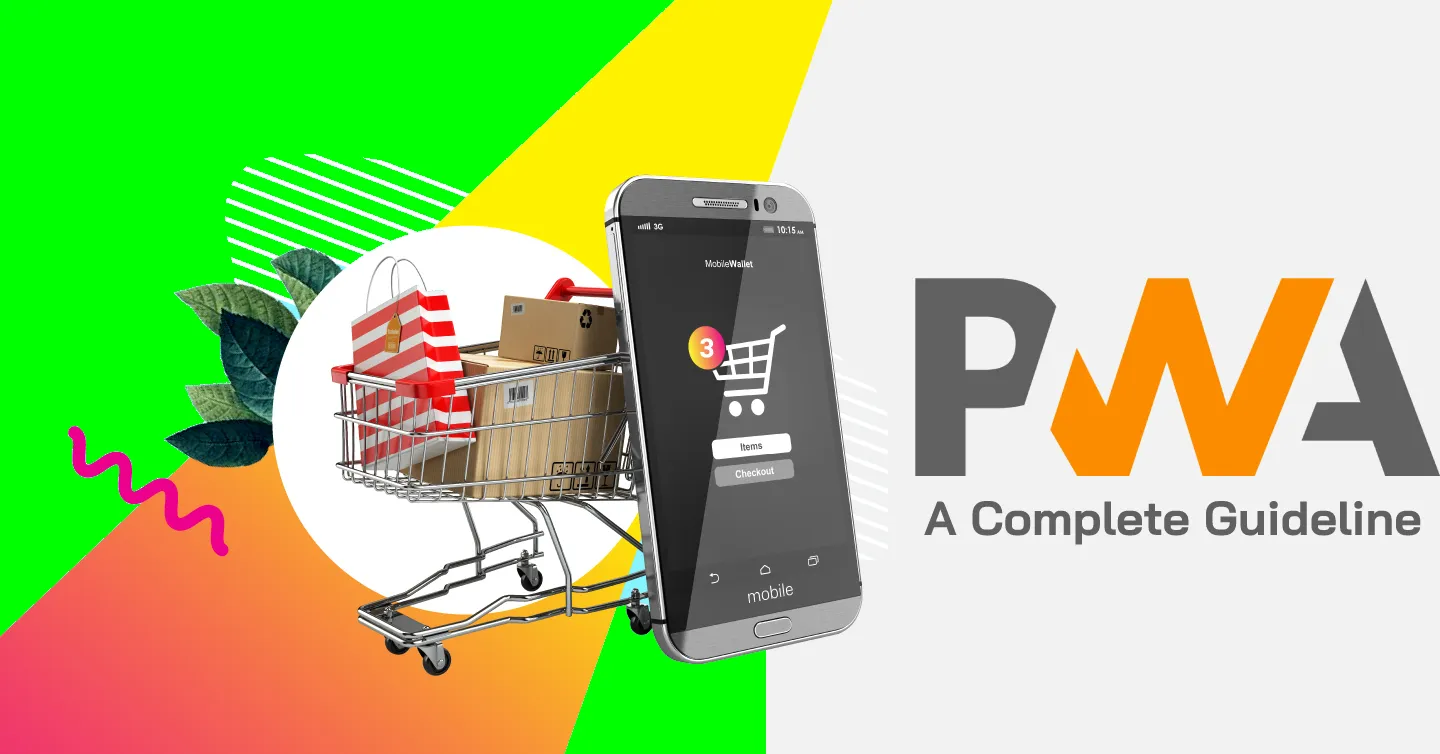Mobile App Development Company - App Development Agency
Progressive Web Apps take benefit of the most advanced technologies to combine the best of web and mobile apps. Here we will look into modern advancements in the browser and the opportunities we, as developers, have to make a new generation of web apps.
Progressive web apps could be the subsequent big thing for the mobile web. Originally introduced by Google in 2015, they have previously attracted a lot of awareness because of the comparative ease of development and the almost instantaneous wins for the application’s user experience.
Recent improvements in the browser and the availability of service workers and the Cache and Push APIs have enabled web developers to enable users to install web apps to their home screen, receive push notifications and even operate offline.Progressive web apps take advantage of the much more generous web ecosystem, plugins and community and the comparative ease of deploying and maintaining a website when compared to a native application in the respective app stores.
For those of you who develop on both mobile and web, you’ll comprehend that a website can be built in less time, that an API does not need to be managed with backwards-compatibility (all users will operate the same version of your website’s code, unlike the version fragmentation of native apps) and that the app will regularly be easier to deploy and maintain.
Why Progressive Web Apps?
A study has revealed that, on average, a mobile app loses 20% of its users for each step between the user’s initial contact with the app and the user commencing to use the app. A user must foremost discover the app in an app store, download it, install it and then, eventually, open it. When a user discovers your progressive web app, they will be capable to quickly start using it, dropping the unnecessary downloading and installation stages. And when the user returns to the app, they will be advised to install the app and update to a full-screen experience.
However, a native app is not all bad. Mobile applications with push notifications accomplish up to three times more recognition than their counterparts without a push, and a user is three times more likely to open a mobile application than a website. In addition, a well-designed mobile application employs fewer data and is much more accelerated because some resources reside on the device.A progressive web application takes benefit of a mobile app’s characteristics, ending in advanced user retention and performance, without the complications associated with maintaining a mobile application.
Features Of A Progressive Web App
Before we dive into the code, it is necessary to know that progressive web apps have the subsequent characteristics:
Progressive. By definition, a progressive web app must run on any device and improve progressively, taking benefit of any features available on the user’s device and browser.
Discoverable. Because a progressive web app is a website, it should be accessible in search engines. This is a major improvement over native applications, which still linger behind websites in searchability.
Linkable. As another characteristic obtained from websites, a well-designed website should use the URI to show the contemporary state of the application. This will allow the web app to retain or reload its state when the user bookmarks or shares the app’s URL.
Responsive. A progressive web app’s UI must be suitable for the device’s form factor and screen size.
App-like. A progressive web app should look like a native app and be built on the application shell model, with the least page refreshes.
Re-engageable. Mobile app users are more liable to reuse their apps, and progressive web apps are designed to achieve the same goals through features such as push notifications.
Installable. A progressive web app can be installed on the device’s home screen, making it immediately available.
Safe. Because a progressive web app has a more friendly user experience and because all network requests can be prevented through service workers, the app must be hosted over HTTPS to prevent man-in-the-middle attacks.
USE CASES
When should you develop a progressive web app? Native is normally recommended for applications that you assume users to return to frequently, and a progressive web app is not distinct. Flipkart uses a progressive web app for its traditional e-commerce platform.
When evaluating whether your next application should be a progressive web app, a website or a native mobile application, first distinguish your users and the most essential user actions. Being “progressive,” a progressive web app operates in all browsers, and the experience is heightened whenever the user’s browser is updated with new and enhanced features and APIs.
Thus, there is no give-and-take in the user experience with a progressive web app compared to a traditional website; however, you may have to determine what functionality to support offline, and you will have to expedite navigation (remember that in standalone mode, the user does not have access to the back button). If your website already has an application-like interface, employing the concepts of progressive web apps will only make it better.
If certain features are needed for important user actions but are not yet available due to a lack of cross-browser support, then a native mobile application might be the more suitable option, ensuring the same experience for all users.
Delight users and boost conversions with next-gen Progressive web app development services with Mobdev
#pwa #progressive web app #technologies #mobile #mobile-apps
